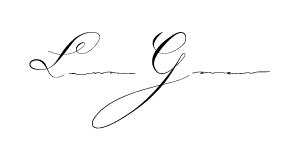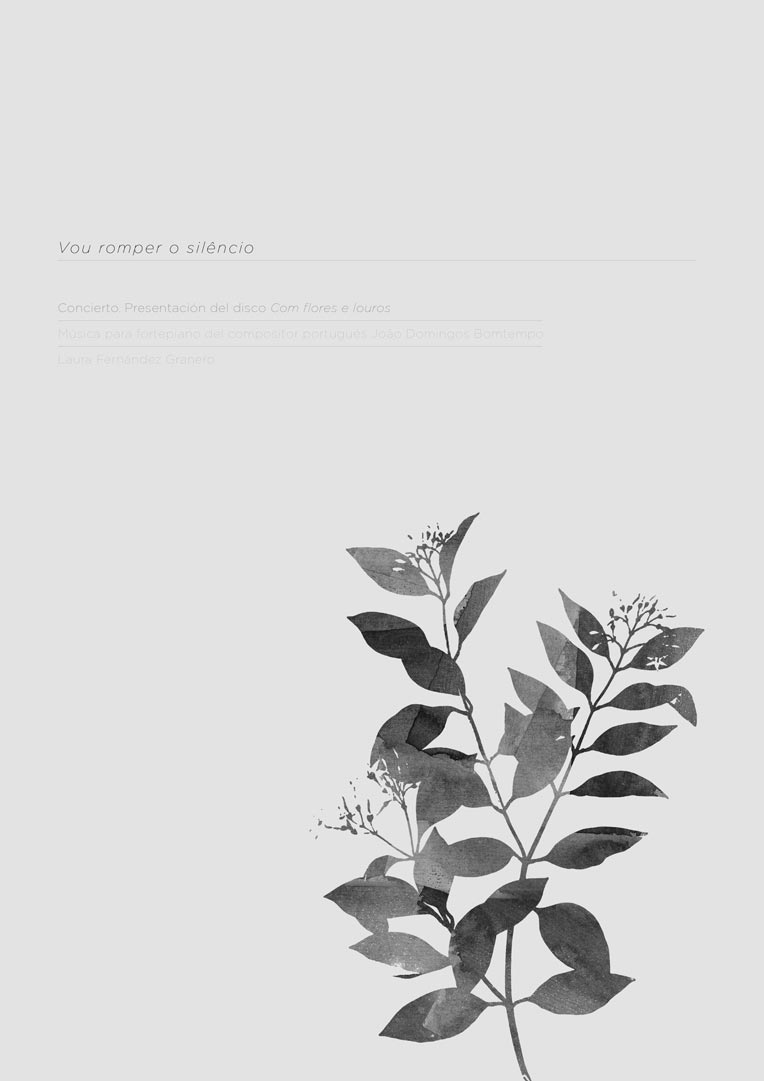
VOU ROMPER O SILÊNCIO
Concert - CD Presentation. Fortepiano Music by J. D. Bomtempo
This concert will serve as a presentation to the recording “Com flores e louros” recorded in summer 2018 in the Palace of Queluz, gave financial support, together with the collaboration of the violinist Antonio Viñuales. The recording will be released in 2018, being the first to revive Bomtempo’s works with historical instruments.
João Domingos Bomtempo (1775-1842) was, without doubt one of the most important musicians in the history of Portuguese music. Pianist, improviser, besides being a talented composer himself, he was attracted by the new ideas of the Enlightenment. He left his native Lisbon and went to Paris and London in search of fame, recognition and inspiration in the new musical aesthetics. He was acclaimed by the public in both cities, receiving rave reviews both for his performances and compositions. His work for solo piano includes numerous sonatas and variations where which one can see his extreme virtuosity, his boundless fantasy and his innovating character. Today however, Bomtempo’s music goes unappreciated outside Portugal, as it is practically unknown and rarely programmed.
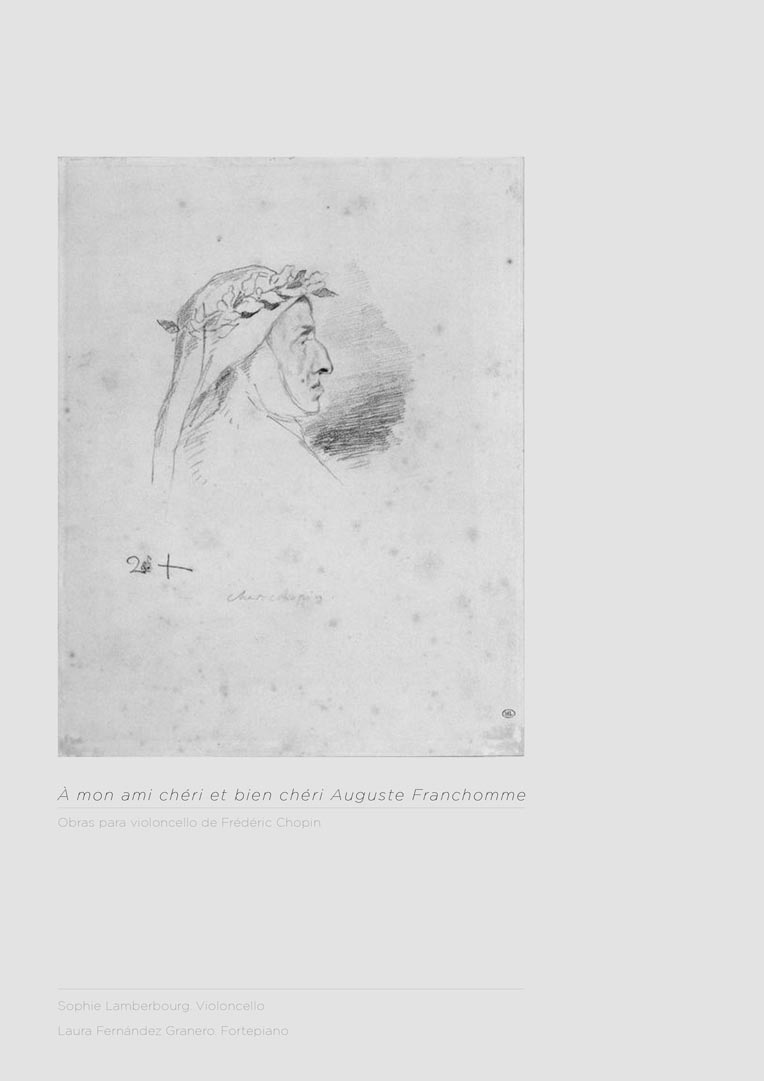
À MON AMI CHÉRI E BIEN CHÉRI AUGUSTE FRANCHOMME
Obras para violoncello y piano de Frédéric Chopin
Frédéric Chopin (1810-1849) escribió casi exclusivamente para el piano. La Sonata Op.65 es una de las cuatro obras donde el compositor polaco ofrece protagonismo al violonchelo, junto con el trío para violín, violonchelo y piano Op.8 (1829), la “Introduction et Polonaise” Op.3 (1829) y el “Grand Duo Concertant pour piano et violoncelle sur des thèmes de Robert le Diable de Meyerbeer” B. 70 (1832). El “Grand Duo” fue compuesto conjuntamente con su amigo y violonchelista Auguste Franchomme (1808-1884).
Chopin dio una gran importancia a las amistades en su vida, siendo la de Franchomme especialmente querida. Tocaban juntos y pertenecían al mismo círculo artístico en París, del cual formaban parte también el pintor Delacroix o la escritora George Sand. Franchomme incluso ayudaba a Chopin con su contabilidad. Se quedó a su lado hasta su final en 1849, entre sus amigos más cercanos. Desde el lecho de muerte, Chopin confiaría a Franchomme la misión de tocar Mozart en su memoria. En el último concierto público de Chopin en París el 16 de febrero de 1848, Franchomme tocó con él y junto al violinista Allard un trío de Mozart.
Auguste Franchomme, violonchelista reconocido, transcribió (o “tradujo”, como se lee en muchas de esas partituras) muchas piezas de Chopin para violonchelo y piano o para varios violonchelos, entre las cuales se encuentran varios Preludios del Op.28. (…)
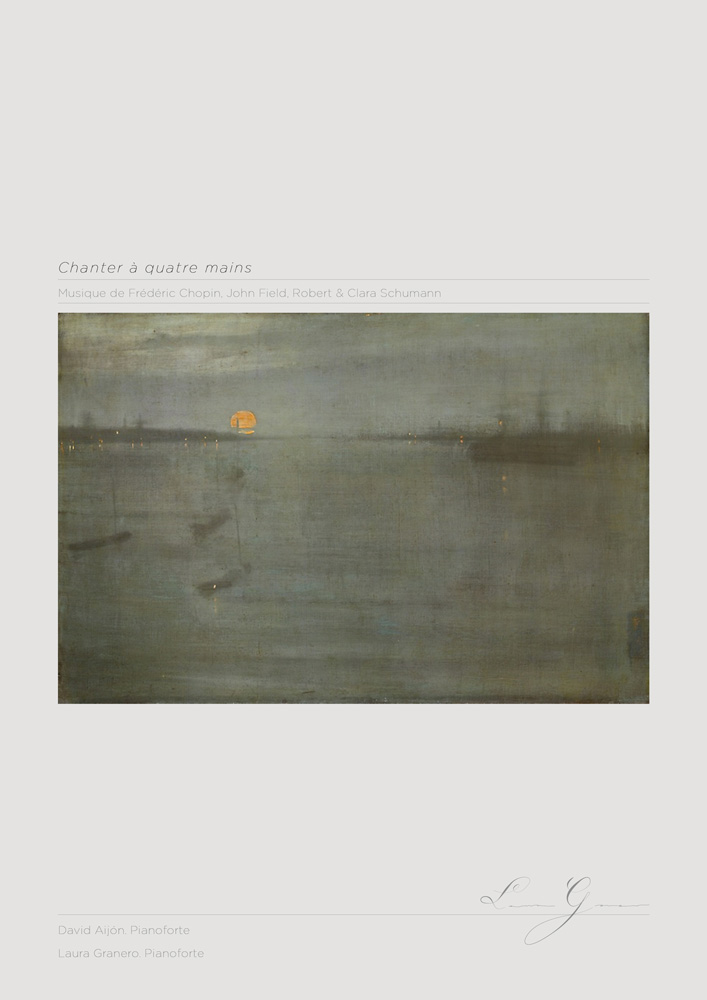
CHANTER À QUATRE MAINS
Le pianoforte amplifié
De nos jours il arrive encore souvent d’entendre un professeur de piano exhorter ses élèves à jouer de manière chantante. « Il faut chanter avec les doigts ! » répétait Chopin inlassablement. Chanter, oui, mais comment ? De toute évidence, l’esthétique des écoles de chant évolua depuis le dix-neuvième siècle et la manière dont on chantait et déclamait à l’époque de Chopin reste voilée pour nous. Le but de ce concert est l’immersion dans l’imaginaire romantique et de se plonger dans le répertoire de solo et de quatre mains pour piano d’inspiration vocale.
Les témoignages de contemporains de Chopin et l’écriture de certaines de ses oeuvres, notamment les nocturnes, nous confirment l’admiration de Chopin pour le bel canto italien, aussi nommé parfois « bellezze del canto » ou «bell’arte del canto». Emilie von Gretsch, élève du maître, décrit comment Chopin joua pour elle quatre nocturnes qu’elle n’avait jamais entendus. «Quel enchantement ! C’était incroyablement beau. Son jeu est entièrement calqué sur le style vocal de Rubini, de la Malibran, de la Grisi, etc., il le dit lui-même. Mais c’est avec une voix proprement pianistique qu’il cherche à rendre la manière particulière à chacun de ces artistes. Il ne faut pas croire que cela se fasse chez lui au détriment de son jeu propre. » Cette représentation est particulièrement pertinente encore aujourd’hui, par la façon dont elle décrit l’harmonieux équilibre entre imitation et individualité. (…)
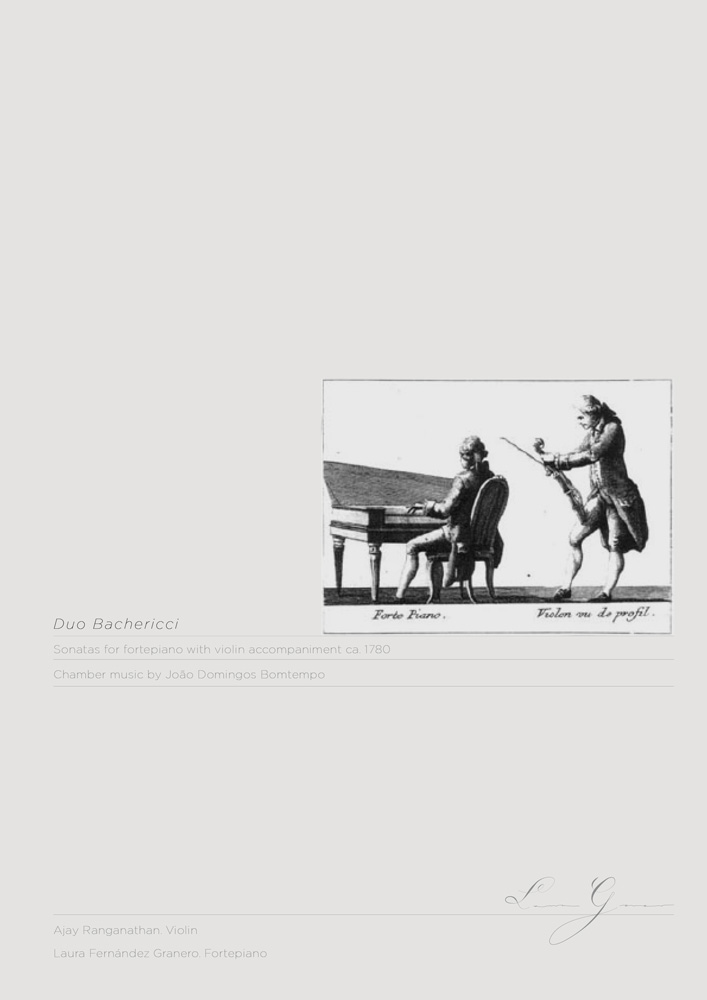
DÚO BACHERICCI
1. Sonatas for fortepiano with violin accompaniment ca. 1780 / 2. Chamber music by João Domingos Bomtempo
During the second half of the 18th century, a new genre starts to have a remarkable success: the sonata for a keyboard instrument with violin (or flute) accompaniment. This genre had a double origin. On one hand, it descends from the sonata for obbligato harpsichord and a melodic instrument, which had a written out fixed part, and so had a more soloist role for the keyboard, being different from those works written for basso continuo. On the other hand, it arose from the performing practice of improvising a melodic line, generally by a violin, to a sonata or work for solo keyboard. This practice, improvised in origin, had a pedagogical aspect – various sources from this era mentioned the importance, during a young keyboardist’s training, of receiving help from a violinist in order to “play with assurance” (that is to say, adding an improvised part to a solo work). It also had a professional aspect: this help
was not only received by the piano teacher, who generally was able to play the violin as well, but also from professional violinists who played at salons as “accompanists”, whose work was highly praised at this time. The Méthode ou recueil de connaissances élémentaires pour le forte-piano ou clavecin (“Method or selection of elementary knowledge for fortepiano or harpsichord”) is a good testimony of this pedagogic practice. It was written by Francesco Pasquale Ricci (1732 – 1817) together with Johann Christian Bach – it contains a selection of works intended for the fortepiano learning, alongside a violin part that is meant to be played by the teacher in order to help the students, as Ricci himself did during his lessons. (…)
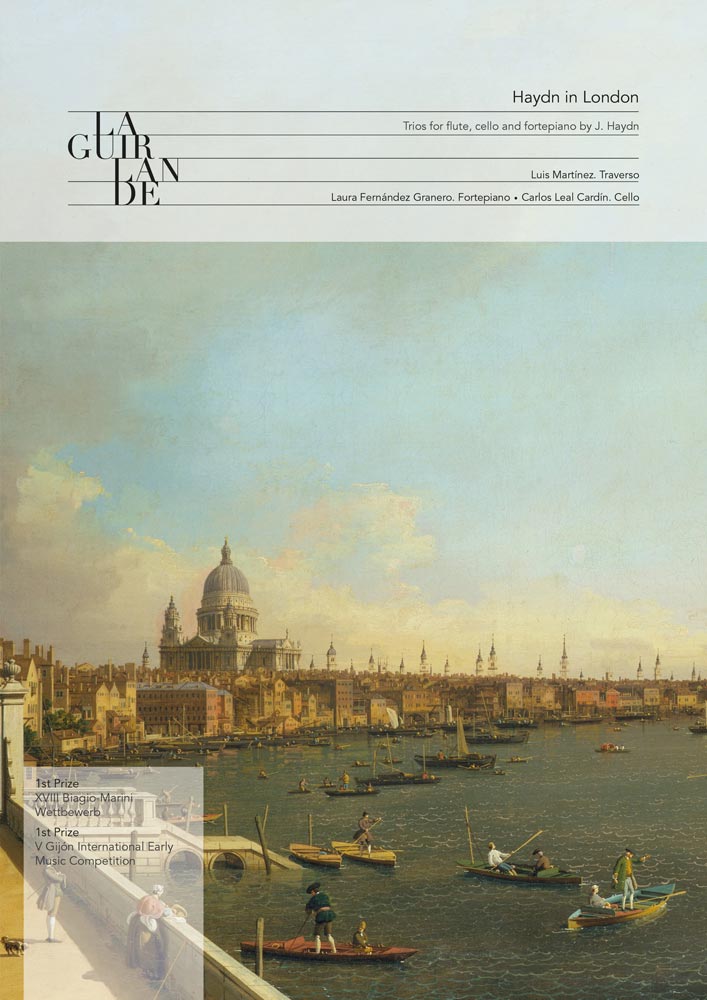
HAYDN IN LONDON
Trios for flute, cello and fortepiano by J. Haydn
In November, 1789, John Bland – one of the three most important music publishers in London – William Forster and Longman & Broderip – who were struggling to corner the market in printed scores- travelled to Esterhaza, where he met Joseph Haydn. In this encounter, Haydn undertook to write for Bland, three works which we can hear in the programme we present today, two of which –the trios Hob- XV, 16 in D Major and Hob. XV, 15 in G Major- would be published in the summer of 1790, leaving the third – Hob. XV, 17- to be published shortly afterwards.
The distinctive feature within these works comes from the fact that, of the 45 trios for piano composed by Haydn, only the three we present here are written for piano, flute and cello, the other 42 being intended for piano, violin and cello. In fact, in a letter written by Haydn on the 11th January 1790, he mentions Bland commissioning from him several piano sonatas whose accompaniment was intended for violin (instead of flute) and cello. We do not know reasons he might have had for substituting the violin for the flute. However, we can only speculate around the possibility that the reputation the flute had gained amongst amateur musicians throughout Europe could have played a decisive part in this final choice, since it was precisely for this market
music was intended. A market that, in spite of its amateur character, has produced true musical gems such as the ones we will hear presently.
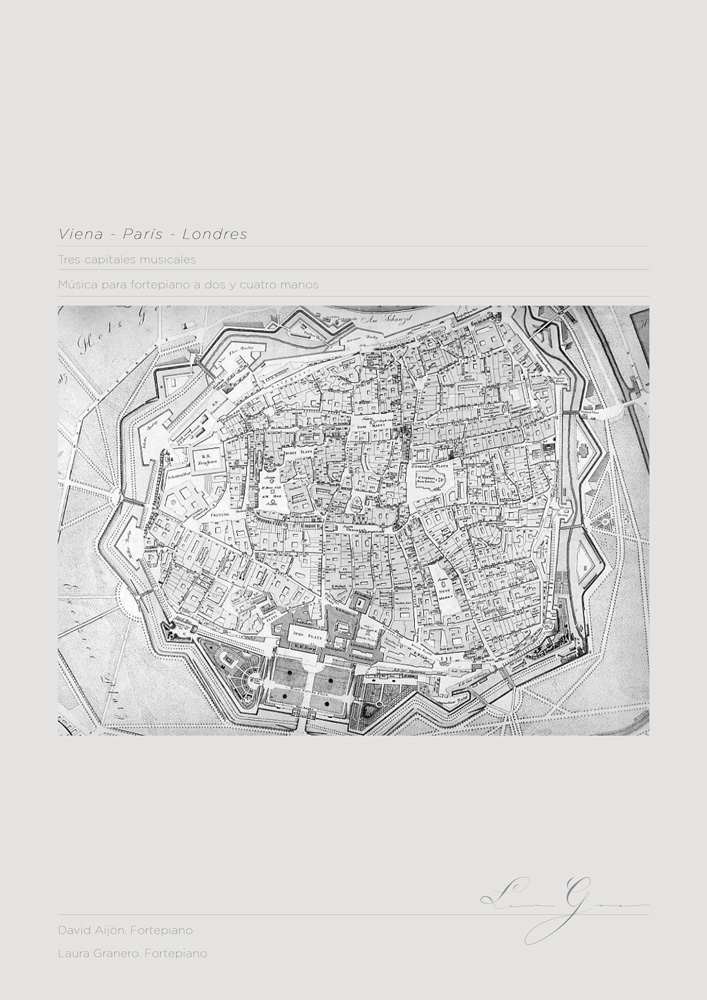
THREE MUSICAL CAPITALS
Vienna, Paris & London
Vienna, Paris and London were three important musical capital cities at the turn of the 19th Century. They were artistic centres where composers wrote their music, and where there existed an exchange of ideas with those who travelled there. From these encounters came the great admiration Bomptempo had for Beethoven, who in turn, held high regard for Clementi and his English school which influence on Mozart. As well all this was the celebrated admiration Schubert had for Beethoven.
The present progamme – a Vienese repertoire of works by Mozart, Schubert y Beethoven which today, are relatively unknown. They were produced both in London and Paris, capitals with a similarity in their musical aesthetic as well as in the manufacture of instruments. Muzio Clementi and John Field lived in London for years, travelled together in Europe and, on their visit to Paris, met the young Portuguese musician Joao Domingos Bomptempo, who move to London years later, where he would nurture an important friendship with Clementi. The pianist and composer at the Conservatory, Hélene de Montgerould, lived in Paris for a great part of her life, where she received lessons from Clementi, and taught the young Cramer for some time.
At the same time, music composed in Vienna by Haydn and Mozart was enjoying great popularity in Paris and London, with Haydn’s symphonies being among the most performed in concert in Paris during the first two decades of the 19th Century as were Beethoven’s, although to a lesser extent.
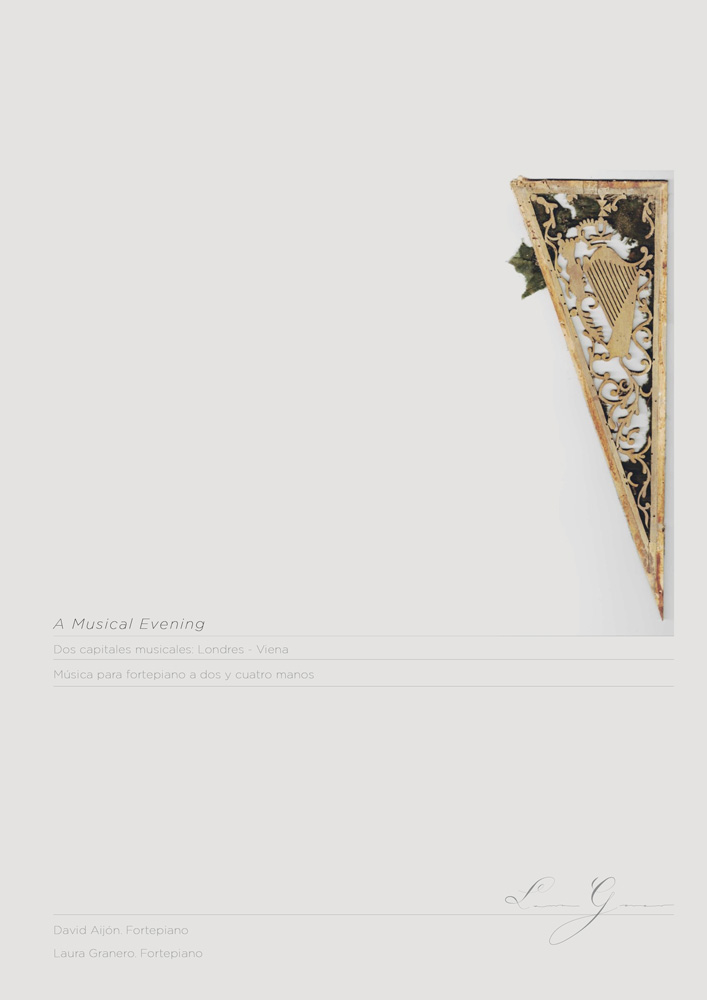
A MUSICAL EVENING
Dos capitales musicales: Londres - Viena
Con el presente programa deseamos presentar obras de estas dos capitales utilizando un fortepiano construido en Inglaterra, dado el arriba mencionado éxito que tuvo la música vienesa en este país. La música vienesa vendrá representada con obras de Mozart y Beethoven, y la inglesa, con obras de Muzio Clementi, John Field y João Domingos Bomtempo. John Field, irlandés de origen, pasó una gran parte de su vida además en Rusia, pero vivió casi una década en Londres durante su juventud, donde se formó y absorbió importantes conocimientos musicales. Allí estudiaría con Muzio Clementi, con quien mantendría una estrecha relación y con el que realizaría giras como su alumno.
El programa de este concierto podría haber transcurrido en una tarde musical imaginaria, en la que antiguo profesor y alumno habrían tocado juntos algunas obras a cuatro manos tras la vuelta de Field a Inglaterra en el año 1831, un año antes de que Clementi falleciera. Ahí podría haberle mostrado Field sus nocturnos y Clementi alguno de sus ejercicios del Gradus ad Parnassum, incluso recordar a aquel joven João Domingos Bomtempo que conocieron en su primer viaje juntos a París y que había trabado una importante amistad con Clementi al mudarse a Londres. ¿Y por qué no acabar con un Duetto, que tal vez ya tocaron tantos años antes…?
